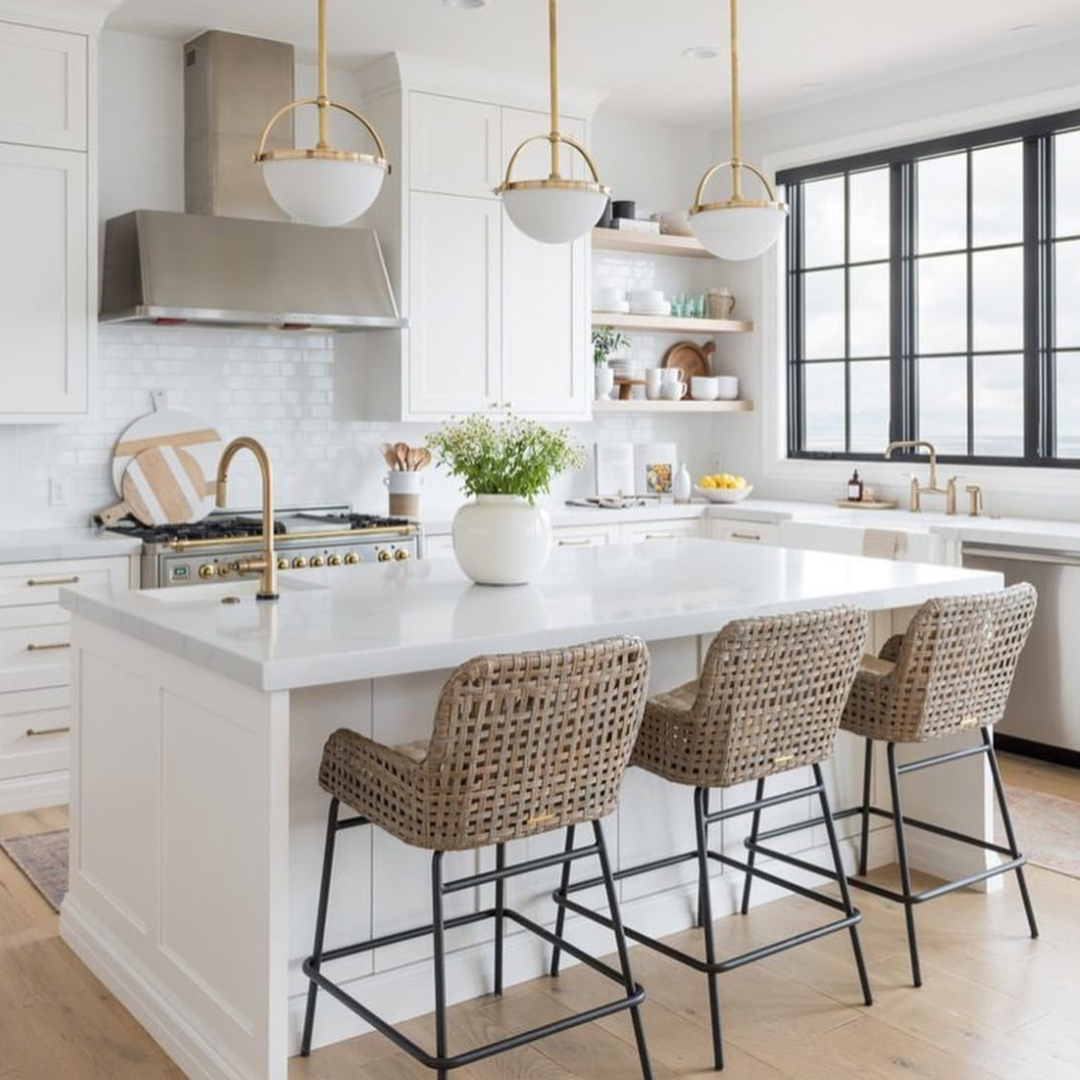When purchasing a house, the things to look out for differ from what you ought to consider when viewing one. When you go to view a home, it’s to decide if this is the house you want to make memories in—or not.
As a result, it’s critical to approach things with a dose of pessimism. The goal is to be on the lookout for reasons why you shouldn’t purchase that house. Why should you focus on the house’s drawbacks or unpleasant features? Because you’ll most likely discover them once you’ve done so. However, if you wear blinders while viewing a property (only looking for good indicators), you’ll most certainly overlook all the reasons why that home isn’t right for you.
When you first see a property, keep an eye out for these five things.
Lack of Parking Space
Is there enough space for vehicles? What is the size of the garage in square feet and meters? If you drove into the garage, could you open the car doors without worrying about them striking the door to the house?
How many people in your household drive a car? If there isn’t a garage, where would you store your automobile?
Staging Done Right (Too Right!)
Staging a house is a great idea since it puts the home’s best ‘face’ forward. It’s ideal for those who are selling their houses, but for someone looking to acquire one, it may be a façade intended to conceal what issues or problems exist with or about the property.
For example, you may observe that the bedrooms appear spacious and well-lit. However, you would have overlooked the fact that this ‘roomy’ bedroom utilizes tiny beds to give the illusion that you have a lot of room to move about when you don’t. The bed is so little that it wouldn’t hold two people.
Small beds may be fantastic for children (if you have them) but not for adults, especially when your spouse is sleeping next to you. Consider all the things you’d want to include to make your house yours while viewing a property. If you believe the furniture you’re using won’t fit in your home, it’s probably not the right place for you.
Sweet Upgrades and Renovations
Sellers will have to make repairs and improvements throughout their houses. This is fine, and it’s a best practice. However, do your homework to ensure that these renovations don’t cover up an underlying issue that you’ll have to repair later.
If you detect fresh drywall in specific regions, check to see if it is hiding underlying foundation flaws.
Moisture
This is something to keep an eye out for. When you’re trapped in a desert, moisture is wonderful, but living with it at home is out of the question.
If the house you’re looking at has a lot of moisture, it’s an indication that mold and mildew will grow there as well. Check for signs of moisture in the ceiling, pipes, and other components to verify that the property does not have this issue.
The Neighborhood
Unless you decide to uproot again, you’ll likely be living in your new home for a long time. Ask yourself, would I be comfortable living in this community once it goes dark? Safety is important.
If the neighborhood makes you feel uneasy, uncomfortable, or terrified, find a location that’ll bring you peace of mind.
When you view a property, it might be an exciting experience, but keep in mind that the house you choose will eventually become a part of you. Don’t be hesitant to search for flaws in a home. Remember, not everything that glitters is gold.

 Facebook
Facebook
 X
X
 Pinterest
Pinterest
 Copy Link
Copy Link
